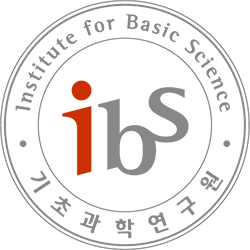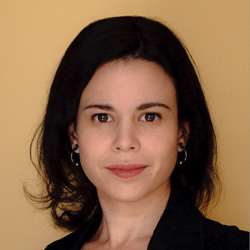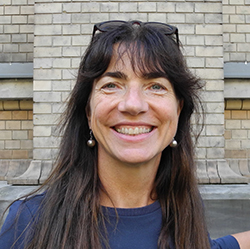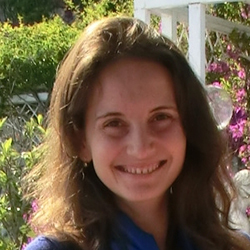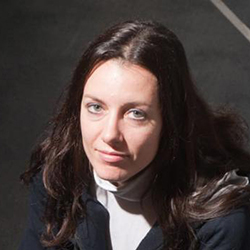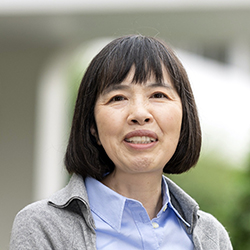
Modeling cell-to-cell heterogeneity from a signaling network
ZOOM ID: 997 8258 4700 (Biomedical Mathematics Online Colloquium) (pw: 1234)Cells make individual fate decisions through linear and nonlinear regulation of gene network, generating diverse dynamics from a single reaction pathway. In this colloquium, I will present two topics of our recent work on signaling dynamics at cellular and patient levels. The first example is about the initial value of the model, as a mechanism …

